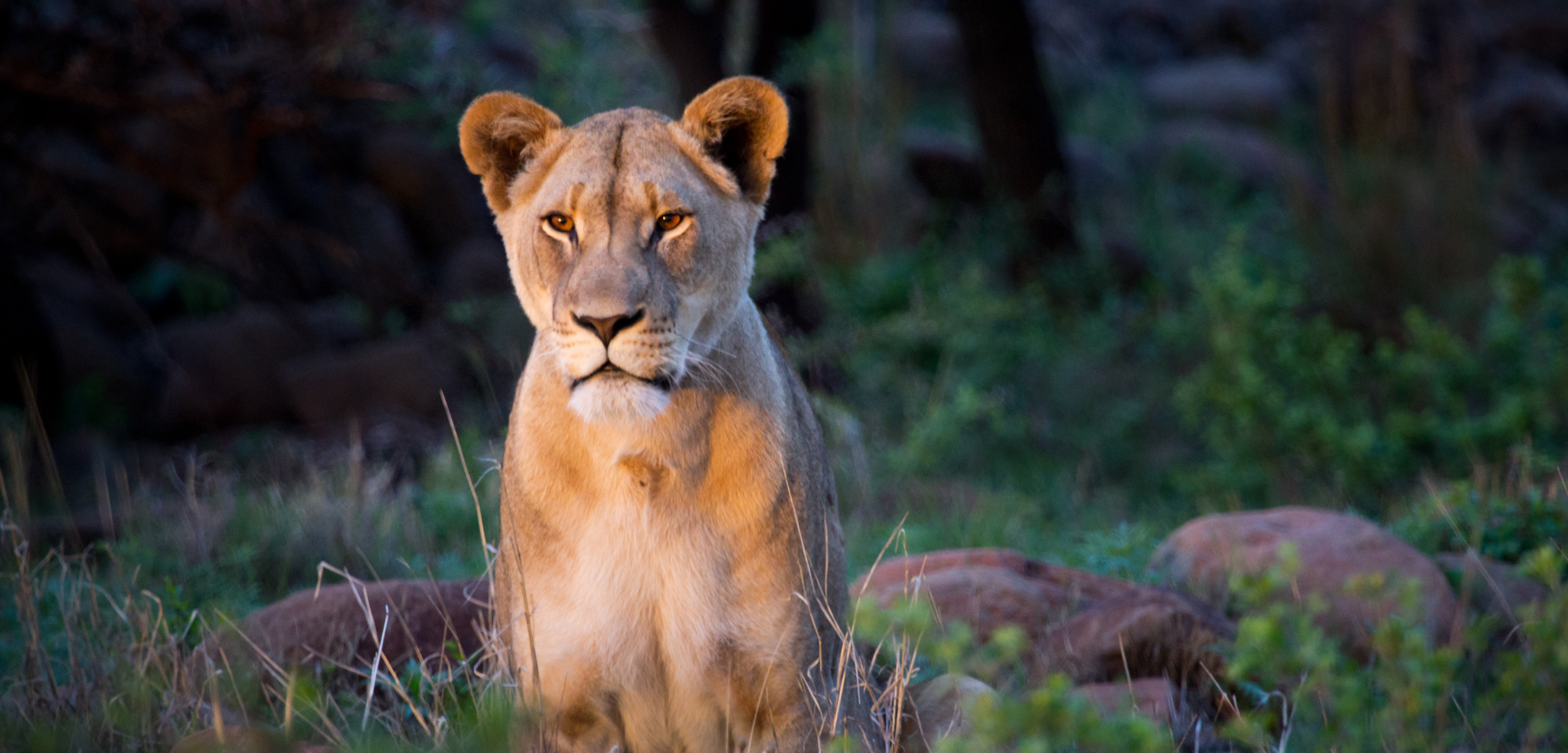Even Scientists Are Biased Toward Cute Animals
In the conservation science literature, some animals get way more attention than others.
Article body copy
To scientists’ best estimate, there are nearly 20,000 endangered or threatened plant and animal species on Earth. But the vast majority of scientific papers are focused on just a tiny subset of these species. The result, says ecologist Michael R. Donaldson, is that conservation research is woefully biased.
In a new study published in the Canadian Science Publishing (CSP) journal FACETS, Donaldson (who works for CSP) and his team used the more than 10,000 animal species included on the International Union for Conservation of Nature (IUCN) Red List of Threatened Species and, one by one, counted the total number of papers published about each organism according to the Web of Science database.
“What really leapt out at us was the magnitude of the bias towards vertebrate species,” says Donaldson.
Each mammal species on the IUCN’s list was discussed in an average of 17 papers, though some animals, such as tigers, were the focus of more than 600 articles. Reptiles had nine papers per species, birds had eight, and fishes had around five.
“Aside from a few species, almost all the invertebrates had, on average, one paper or less focusing on them,” says Donaldson. And that one paper was often just an initial species description.
There are roughly 60,000 known vertebrate species on the planet, but there are more than 1.2 million known invertebrates, with many more still left to discover and formally describe. “So the bias,” Donaldson emphasizes, “is not for a lack of availability, but for a lack of interest.”
But whose interest? It isn’t just that researchers prefer to spend their field seasons in a small handful of well-managed, well-funded, jaw-droppingly beautiful protected areas studying famous critters. (Though that’s definitely true, and it’s definitely a problem.) “Those trends really persist among funding agencies as well,” says Donaldson, adding that conservation policies also have a tendency to focus on large-bodied animals, especially vertebrates.
“You’re probably much more likely to get published if you’re writing about species that a lot of people are interested in,” says Erik Meijaard, an orangutan researcher who has also published on bias in conservation research. There’s a disincentive to study lesser-known critters if publishers and funding agencies don’t prioritize that kind of work. “It’s a self-fulfilling cycle,” says Meijaard.
What this means is that beloved species, which typically come with vertebrae, get prioritized over squishy, slimy, creepy-crawlies. Also prioritized are species of economic importance, like Atlantic cod or the common carp (one of the world’s “100 worst” invasive species).
And then there’s this: Meijaard argues that we’re only now beginning to understand orangutan ecology well enough to come up with reasonable conservation plans, and that’s for one of the most well-studied species on Earth. Given that, and the relative paucity of invertebrate research, how are invertebrate researchers going to make actionable conservation recommendations?
“The knowledge gap is just massive in these taxonomic groups,” says Meijaard. “It’s very far from being smart and strategic, which we really need to be at this time.”

